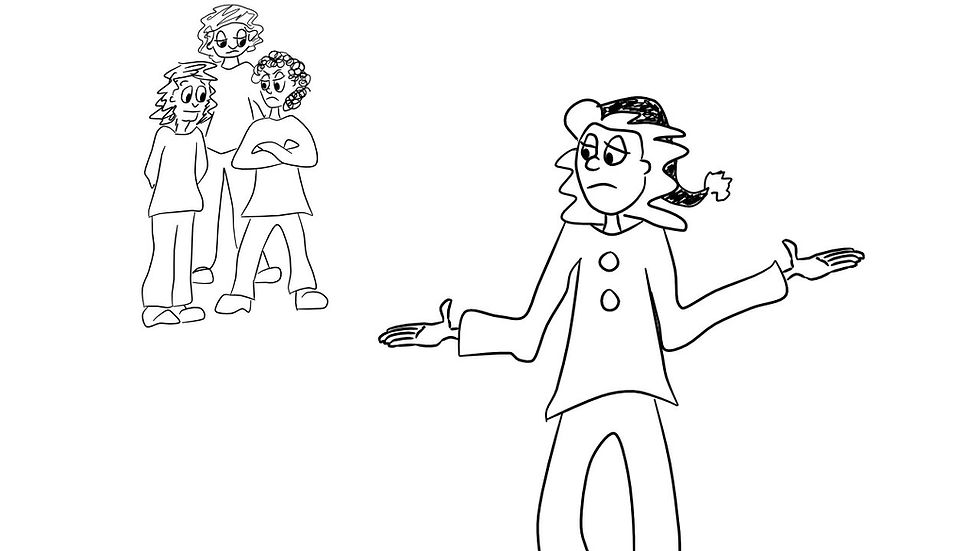How To Avoid Thought Holes
- Wenna

- Aug 24, 2019
- 1 min read

I came across an excellent article ‘How To Stop Negative Thoughts’ last week, and I love how clearly and simply it outlines negative self talk and cognitive distortions--or thought holes. This is well worth a read, particularly for the breakdown in the most common types of thought holes:
Jumping to conclusions: judging a situation based on assumptions as opposed to definitive facts
Mental filtering: paying attention to the negative details in a situation while ignoring the positive
Magnifying: magnifying negative aspects in a situation
Minimizing: minimizing positive aspects in a situation
Personalizing: assuming the blame for problems even when you are not primarily responsible
Externalizing: pushing the blame for problems onto others even when you are primarily responsible
Overgeneralizing: concluding that one bad incident will lead to a repeated pattern of defeat
Emotional reasoning: assuming your negative emotions translate into reality, or confusing feelings with facts (Renee Jain, 2017)
In terms of dealing with thought holes, awareness is certainly the first step. Once kids know that these tendencies exist and have a very real impact on their wellbeing, it is easier to use some self (or parent assisted) questioning to identify what might really be going on, and challenge the accuracy of their perceptions.




Comments